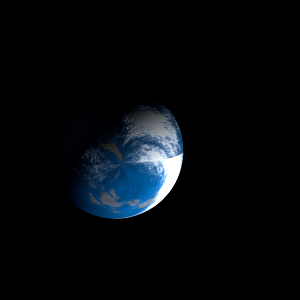|
|
Space Astro
|
Info for exoplanet "Calidita"
| Scientific (actual) data |
|---|
| Name | G 190-10 b |
| Planet status | Confirmed |
| Mass sini | 44 |
| Orbital period | 30.1712 |
| Semi major axis | 0.186 |
| Orbit eccentricity | 0.279 |
| Discovered | 2002 |
| Updated | 2024-07-03 |
| K | 4010 |
| Publication | Published in a refereed paper |
| Detection type | Radial Velocity |
| Mass measurement type | Radial Velocity |
| Star name | G 190-10 |
| Right ascension | 347° |
| Declination | 41.86° |
| Mag v | 11.27 |
| Mag j | 9.85 |
| Mag h | 9.5 |
| Mag k | 9.42 |
| Star distance | 142.887 |
| Star metallicity | -3.026 |
| Star mass | 0.899 |
| Star radius | 0.755 |
| Star sp type | SdG8 |
| Star temperature | 5062.8 |
| Star alternate names | Ross 783 |
| Wikipedia article | G 190-10 b |
Back
| |
| Fictional info (?) |
|---|
| Suggested name | Calidita |
| Planet type | Cold planet |
| Because of its rapid rotation, the planet's shape is that of an oblate spheroid (it has a slight but noticeable bulge around the equator). A prominent result is the "great green spot", a giant storm that is known to have existed for centuries since it was first observed by radar. |
| Estimated population | 1600 |
| Atmosphere | Water | 62% |
| Oxygen | 35% |
| Carbon dioxide | 2.1% |
| Methane | 0.045% |
| Atmospheric pressure | 1.1 bar |
 |
| No known satellites |
| Google search for Calidita |
|
Website by Joachim Michaelis
|
|
|
|